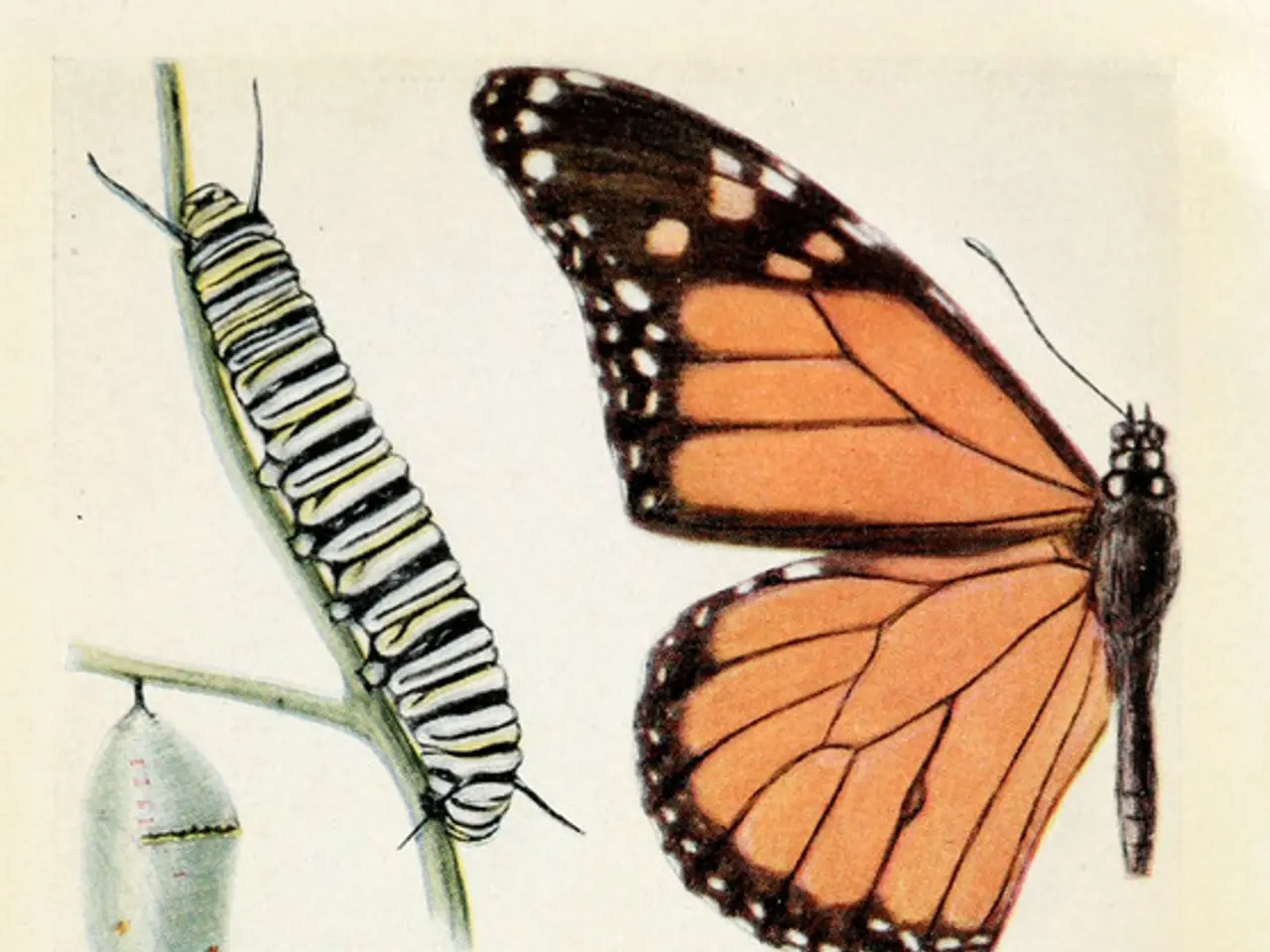Humans Didn't Necessarily Outsmart Neanderthals; Instead, They Endured Longer Than Their Counterparts
In a fascinating turn of events, recent research is shedding light on the intricate relationship between modern humans and Neanderthals, challenging the traditional narrative of human cognitive superiority.
For thousands of years, modern humans and Neanderthals shared the European landscape after the arrival of the former. This coexistence, which lasted from approximately 51,000 to 39,000 years ago, was marked by occasional conflicts but also interbreeding. During this period, Neanderthals thrived across Europe and parts of Asia for over 300,000 years.
The story of human evolution is more complex and contingent than previously believed, with our dominance possibly owing as much to luck as to any inherent superiority. Modern non-African humans still carry approximately 2% Neanderthal DNA as a result of interbreeding.
Recent archaeological discoveries paint a vivid picture of Neanderthals as complex beings. They created complex adhesives, fashioned specialized tools, produced jewelry, and left behind impressive cave art that hints at complex symbolic thinking. Neanderthals also cared for disabled community members, possibly performed primitive dental procedures, and had aesthetic sensibilities.
Computer-based simulations by Oren Kolodny and Marc Feldman suggest that cultural differences and reduced interbreeding between Neanderthals and modern humans contributed to the Neanderthals' extinction. The study published in Nature Communications further supports this, suggesting that Neanderthals disappeared due to basic population dynamics and sheer mathematical probability, not because they were intellectually inferior to Homo sapiens.
The findings offer sobering parallels to contemporary biodiversity challenges, where extinction can occur due to demographic pressure and competition for resources, not inherent deficiency in the disappearing species. Understanding that extinction can occur without any inherent "deficiency" in the disappearing species might inform conservation approaches, requiring not just preserving traits through breeding programs, but actively ensuring sufficient population numbers and territory to withstand demographic pressures from competing species.
Future work might apply similar demographic models to other hominin extinctions, incorporate genetic data to refine estimates, and develop more complex simulations that account for climate fluctuations and potential selective advantages. The chronology of human-Neanderthal interaction spans tens of thousands of years, from Neanderthals emerging in Europe 400,000 years ago to the last known Neanderthal populations disappearing 40,000 years ago.
This new understanding of our evolutionary past emphasizes the role of chance in determining which hominin species survived to the present day, fostering greater humility about our place in the natural world. It serves as a powerful reminder that extinction is often a result of human activity, and that our actions today may shape the course of evolution for generations to come.
Read also:
- Nightly sweat episodes linked to GERD: Crucial insights explained
- Antitussives: List of Examples, Functions, Adverse Reactions, and Additional Details
- Asthma Diagnosis: Exploring FeNO Tests and Related Treatments
- Unfortunate Financial Disarray for a Family from California After an Expensive Emergency Room Visit with Their Burned Infant








